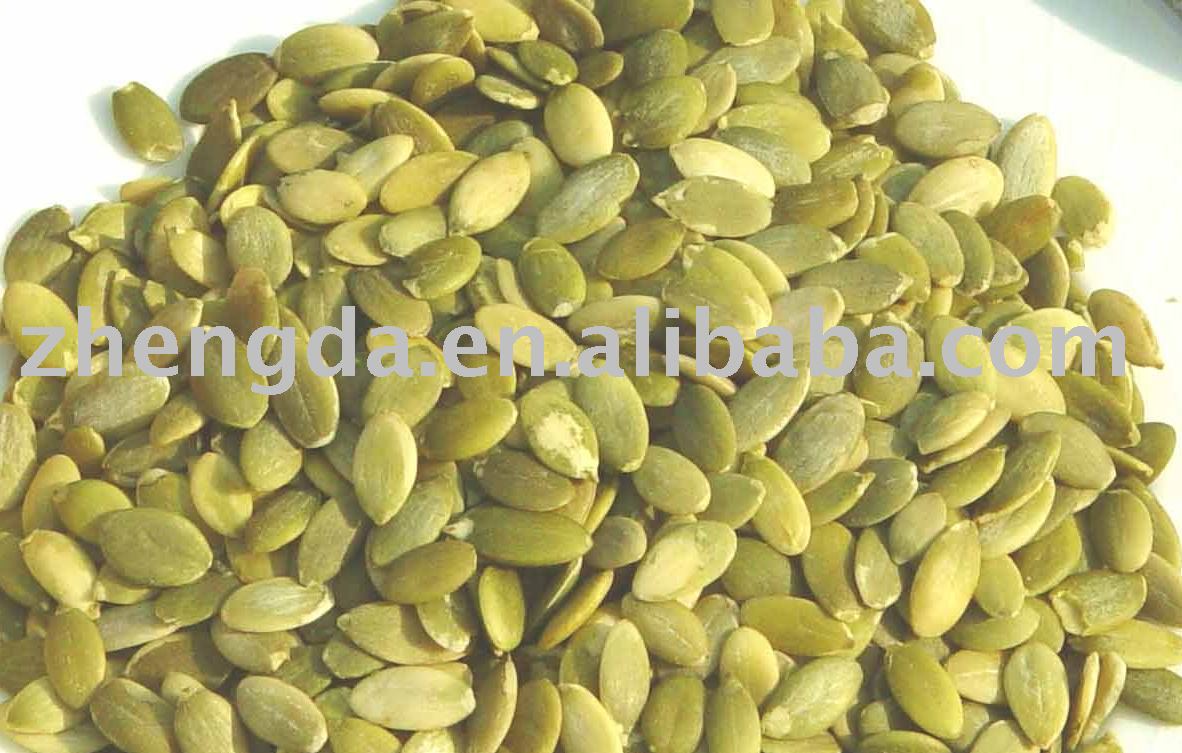 Forget the pork scratchings and peanuts. Next time you down a pint of beer, make sure there's a small pile of pumpkin seeds near by. This may not sound like a very macho combination to be knocking back in your local, but pumpkin seeds are a rich source of zinc, a mineral that will support the bladder and the kidneys and help protect them from the stress of processing several pints.
Forget the pork scratchings and peanuts. Next time you down a pint of beer, make sure there's a small pile of pumpkin seeds near by. This may not sound like a very macho combination to be knocking back in your local, but pumpkin seeds are a rich source of zinc, a mineral that will support the bladder and the kidneys and help protect them from the stress of processing several pints.The process of looking at foods that work together in the body to promote good health is called synergy and, while much of the evidence for its effectiveness remains anecdotal, science is starting to prove it works.
Synergy is fascinating too, because we already know many of these combinations - thanks to granny. There can hardly be a meat-eater in Britain, for example of hasn't eaten roast beef with horseradish sauce. The active ingredients in the horseradish actually help the body to break down layers of connective tissue in the meat into a more digestible form.
Any self-respecting pizzeria will have garlic bread on the menu. The sulphur in the garlic helps to deactivate any possible yeast activity in the bread - which is good news for anyone who has been avoiding bread after being diagnosed with a common yeast infection such as Candida albicans (thrush). Add garlic and you can, occasionally, have a treat.
Apparently, food intolerances can play a role in conditions such as acne, eczema and rosacea.
It is important to maintain the best acid/alkali balance. When this is thrown out it can adversely affect the skin, the digestive tract and other systems in the body. If the internal balance is disrupted, it will affect the external balance, which is just as important for keeping bacteria out and fighting off those that cause infections, such as acne.
 Acidity and alkalinity are measured according to the pH scale. Water, with a pH of 7.0 is neutral - neither acid nor alkaline. A pH below this is acidic, and anything higher is alkaline. The human body is mildly acidic, to resist infection - its ideal pH is beetween 6.0 and 6.8.
Acidity and alkalinity are measured according to the pH scale. Water, with a pH of 7.0 is neutral - neither acid nor alkaline. A pH below this is acidic, and anything higher is alkaline. The human body is mildly acidic, to resist infection - its ideal pH is beetween 6.0 and 6.8.Acidosis is the term for when the body chemistry becomes overacidic. As well as skin and digestive disorders, symptoms can include insomnia, migraines, low blood pressure, irritable bowel syndrome and rheumatoid arthritis. The causes include kidney, liver and adrenal disorders, improper diet, obesity, stress, medication and the absorption of other chemicals, and anorexia. Many diabetics suffer from acidosis and stomach ulcers are frequently linked with it.
- Sugar, coffee, fish, chicken, olilves, noodles, eggs and alcohol are all acid-forming foods.
- Fresh vegetables, coconut, maple syrup, honey, raisins and soy products are all alkaline-forming foods.

For vegetarians and those avoiding food groups because of an intolerance, food partners take on a more significant role. These people have to lean to combine certain foods carefully to make the complete proteins, vital for energy, that may be missing from their diets.
Proteins are made up of amino acids. There are 22 of these, 14 of which the body can make. The other eight, called the essential amino acids, must come from diet. Animal and dairy products provide all eight, but plant foods do not.
A possible dietary shortfall can be compensated for with clever food combining. Cashew butter on wholegrain bread, for example, will ensure an intake of all eight essential amino acids, as will vegetables with parmesan cheese.
So, a balanced diet is about much more than watching the scales.

If you combine foods correctly, you can maintain the right acid-alkaline balance int he body and vegetarians can ensure that they get complete proteins from a non-meat or fish diet. The following foods go particularly well together:
Apple with pumpkin seeds
Beer and pumpkin seeds
Bread and garlic
Cheese and mustard
Chocolate and pears
Cow's milk and nutmeg
Wine and walnuts
Curry and almonds
Peanuts and tumeric
Grapefruit and green tea/maple syrup
Oranges and sunflower seeds
Strawberries and mango
Also try
 Mushrooms and nutmeg: as nutmeg is antibacterial and will counter the effects of any infection lurking in the bacteria-prone fungus;
Mushrooms and nutmeg: as nutmeg is antibacterial and will counter the effects of any infection lurking in the bacteria-prone fungus; spicy foods and almonds: all nuts and seeds have alkaline properties and will neutralise the acidity of a spicy dish;
cardamom pods and coffee: because the spice neutralises the acidity of strong coffee.
No comments:
Post a Comment